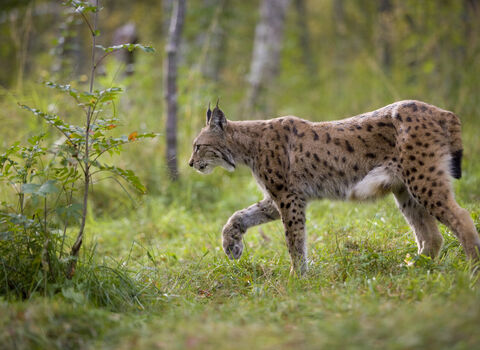The UK has some wonderful wildlife, but there are some animals that used to live here that are now missing. Many were lost because of hunting by humans, or because humans changed their habitat. In the future, some of these animals might be able to return. But others are lost from the earth forever. Here are EIGHT of the UK's missing species!
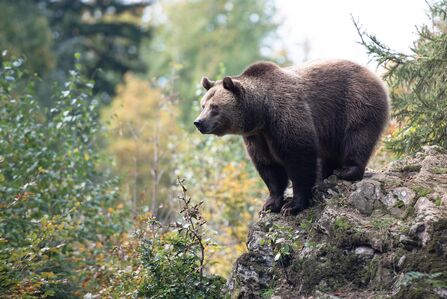
Brown bear © Miller_Eszter
Brown bear
Thousands of years ago, brown bears were found all over the UK. However, due to people hunting them and cutting down woodlands, the brown bear became extinct in the UK about 1,000 years ago. Today, brown bears live in the forests and mountains of North America, continental Europe and Asia.
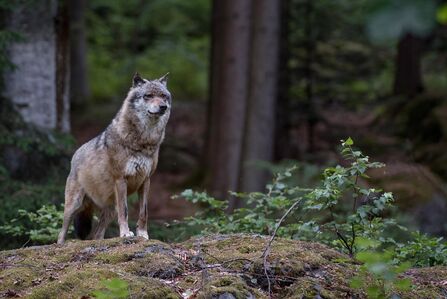
Wolf © Miller Eszter
Wolf
The wolf is the ancestor of our pet dogs. Wolves live in groups called packs and like to roam over large areas of woodland and grassland. They used to live all over the UK. However, because of humans cutting down forests and trapping and hunting wolves, they became extinct here. The last British wolf was killed around the year 1760. Today wolves live in Canada and North America, and across many countries in Europe and Asia.

Lynx © Berndt Fischer
Lynx
The lynx is a medium-sized cat with golden fur and black spots. They have a short tail and tufts of hair on the tops of their ears. Lynx live in areas with lots of trees. They were lost from the UK about 1,500 years ago, because of hunting and humans cutting down their forest home. Lynx can be found in quite a few European countries, such as Germany, Poland and Italy.

European elk © Erik Karits
Elk
The European elk is a large deer that was once common in Britain. To live happily, they need large spaces of forest and wetland. Elk became extinct in Britain about 3,000 years ago due to hunting for their meat and skins, and changes to their habitat. Today, elk are found across North America (where they are called moose), Northern Europe and Asia.

Mike Pennington / Great auk (Pinguinis impennis) specimen, Kelvingrove, Glasgow / CC BY-SA 2.0
Great auk
The great auk was a large seabird. It was similar to a puffin, but four times taller and it could not fly. It lived along rocky coasts in North America and across the Atlantic to Scandinavia and the UK. Because it couldn’t fly, it was easily hunted by people for its meat and feathers. By about 1850, the great auk was completely extinct. There were none left anywhere in the world.
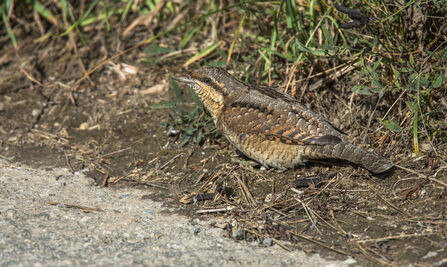
Wryneck © Pete Richman
Wryneck
The wryneck is a small woodpecker. It was once common across England and Wales, nesting in orchards and parks. Sadly, it no longer nests here regularly. Habitat loss and the use of pesticides may be to blame. Wrynecks still nest across much of Europe and through Asia to Japan, with most moving south for the winter. In spring and autumn, they sometimes pass through the UK on their migration.
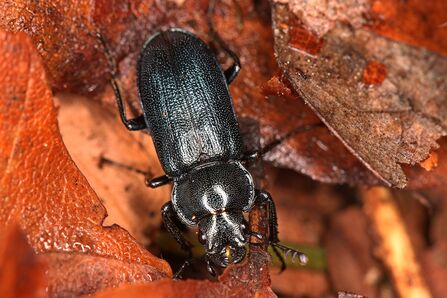
Blue stag beetle © Johannes Sander under CC 4.0
Blue stag beetle
The blue stag beetle grows to over one centimetre long and is black with a metallic blue or green shine. It is a common insect in woodland areas in Europe and used to be found in Britain. However, it has not been seen here since the 1800s. Scientists aren’t sure why it was lost. It may always have been rare. Its larger cousin, the stag beetle, can still be found in southern England.
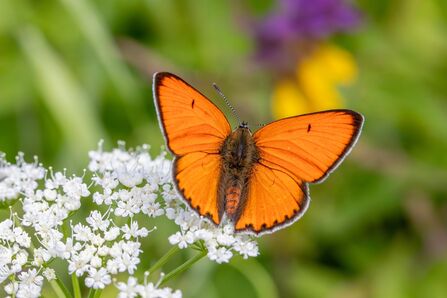
Large copper © Erik Karits
Large copper
The large copper is an orange butterfly with black on the edges of its wings. It lived in the east of England, preferring wet areas of land. It became extinct around 1850, because the land where it lived was drained so crops could be planted. It can now be found in central Europe and Asia.

